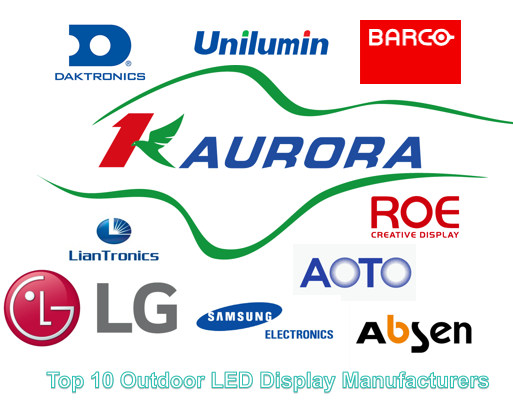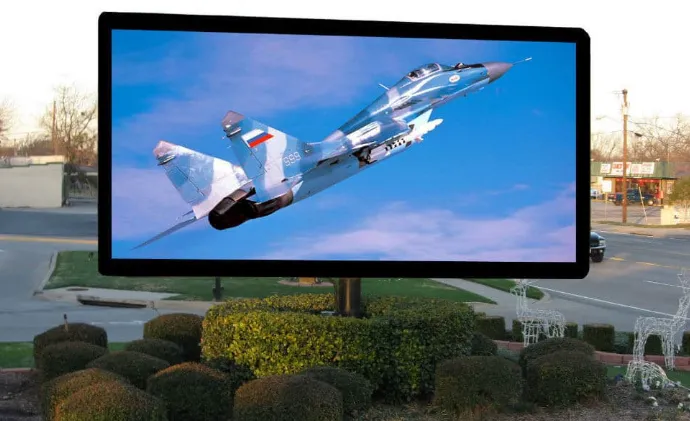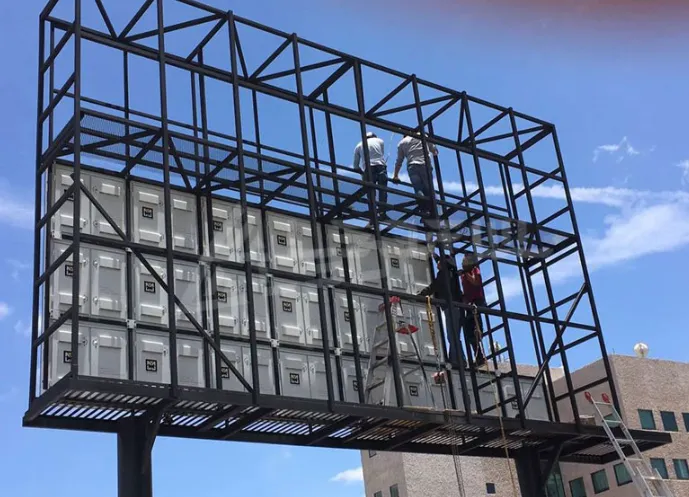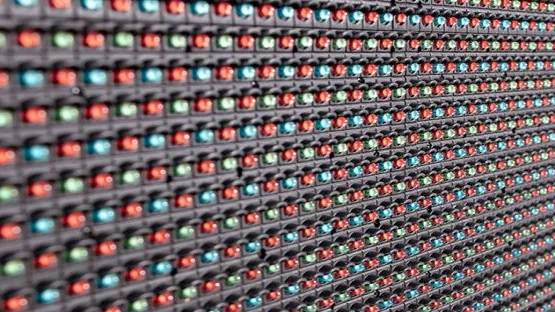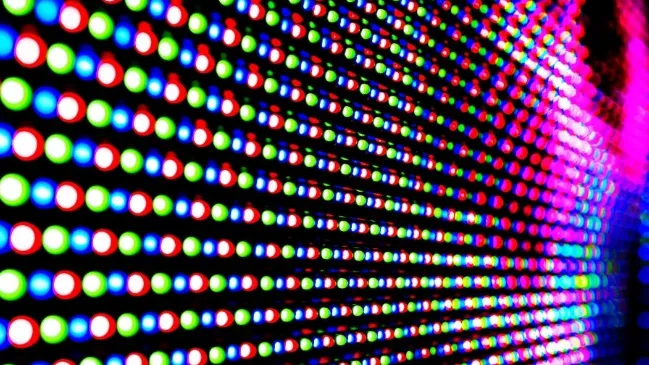Date of issue:2025.01.08
Company News
Understanding How Outdoor LED Screens Work: Technology Behind Big LED Displays
Introduction
Outdoor LED screens have rapidly transformed how businesses, public spaces, and entertainment venues deliver dynamic content to the masses. From big LED screens in sports stadiums to digital billboards on highways, outdoor LED screens are everywhere. These cutting-edge displays are not just about brightness and size; they also require intricate technology to function efficiently. Understanding how outdoor LED display screens work is key to appreciating their capabilities and advantages.
In this blog, we will explore the core technology behind outdoor LED screens, their components, how they produce vibrant images, and the science that powers them. We will also provide insights into the factors that contribute to their impressive durability and energy efficiency, and offer tips on choosing the right LED screen for your needs.
What is an Outdoor LED Screen?
An outdoor LED screen is a large digital display system primarily used for outdoor advertising, event promotion, and information sharing. Unlike traditional monitors, LED screens use light-emitting diodes (LEDs) to produce bright, high-quality images and videos that are visible even in direct sunlight. The big LED screen is often designed for larger spaces and harsh weather conditions, making it suitable for various outdoor applications.
LED technology involves using semiconductors that emit light when electricity flows through them. The display panel of an outdoor LED screen consists of thousands, sometimes millions, of tiny LEDs, which work together to create a full-color image.
How Outdoor LED Screens Work: The Basic Principles
The core operation of outdoor LED screens relies on a few key principles of electronics and light:
LED TechnologyLEDs (Light Emitting Diodes) are solid-state components that emit light when an electrical current passes through them. Outdoor LED display screens use multiple individual LEDs to form a grid that displays images, videos, and text. Each pixel on the display is made up of red, green, and blue LEDs, which mix to form full-color images.
Color MixingThe big LED display uses the RGB color model, where red, green, and blue LEDs are combined in varying intensities to create different colors. By adjusting the intensity of each LED color, the screen can produce a wide range of colors and display high-quality images.
Pixel DensityThe pixel density of an outdoor LED screen refers to the number of pixels per unit area. The higher the pixel density, the sharper and more detailed the image. For example, a big LED screen with high pixel density will provide clearer text and images, even when viewed from a distance.
Brightness and VisibilityOutdoor LED screens are designed to be incredibly bright, as they need to remain visible in direct sunlight. They often reach brightness levels of 5,000 to 10,000 nits (a unit of brightness) to ensure they are visible even in bright daylight conditions. Big LED screens typically use high-brightness LEDs and advanced light diffusion technology to achieve this.
Key Components of an Outdoor LED Screen
To fully understand how outdoor LED screens work, it’s important to explore their main components. These components work together to deliver seamless and vibrant visual experiences:
Component
Function
LED Chips
Produce light and color through electrical currents. They are the fundamental building blocks of the screen.
Control System
Manages the signals and controls the brightness, color, and refresh rate of the LEDs.
Power Supply
Supplies consistent voltage and current to ensure proper functioning of the LEDs.
Heat Dissipation
Prevents overheating by ensuring that excess heat from the LEDs is efficiently removed.
Weatherproof Enclosure
Protects the screen from environmental factors such as rain, dust, and temperature fluctuations.
Refresh Rate
Ensures that images are updated quickly to avoid flickering or distortion, especially for video playback.
The Working Process of Outdoor LED Screens
Here is a simplified step-by-step process of how outdoor LED screens operate:
Signal ReceptionThe big LED display receives signals through various input sources like HDMI, DVI, or wireless protocols. This signal contains the content to be displayed on the screen, whether it’s a video, text, or image.
Signal ProcessingThe signal is processed by the screen's control system, which decodes the input and determines how the LEDs should behave to produce the correct output. It adjusts the color and brightness of each pixel based on the incoming data.
LED IlluminationBased on the processed signal, the LED chips emit light in the appropriate colors. For each pixel, a combination of red, green, and blue LEDs are lit in specific intensities to create the desired color. These pixels then form the image that is displayed on the outdoor LED display screen.
Image DisplayThe light emitted from the LEDs is diffused across the surface of the screen to form a cohesive image or video. The LED display factory designs the screen to ensure uniform brightness and color across all pixels.
Feedback and AdjustmentThe screen’s control system constantly adjusts the brightness, contrast, and color to match the environmental conditions and ensure optimal visibility. This dynamic adjustment is crucial for maintaining clarity, especially in changing light conditions.
Why Outdoor LED Screens Are Ideal for Public Spaces
The demand for outdoor LED screens has grown rapidly because of their superior benefits over traditional display technologies. Here are some reasons why big LED screens are perfect for outdoor use:
High BrightnessWith brightness levels reaching up to 10,000 nits, outdoor LED screens can easily cut through ambient sunlight, making them ideal for public spaces, digital billboards, and stadiums.
Durability and LongevityOutdoor LED screens are designed to withstand harsh weather conditions, including rain, snow, and extreme temperatures. With proper maintenance, they can last up to 100,000 hours.
Energy EfficiencyDespite their brightness, LED screens are energy-efficient. They consume up to 30% less power than traditional light sources, reducing operational costs for businesses and public organizations.
Vibrant, Dynamic DisplaysOutdoor LED display screens offer high-resolution graphics and videos, providing a vivid and dynamic viewing experience that attracts attention and enhances audience engagement.
Conclusion
Understanding how outdoor LED screens work is crucial for businesses and organizations looking to leverage this technology for outdoor advertising, event promotion, or public information systems. These screens rely on advanced LED technology to produce vibrant, high-quality images and videos that are visible in various environmental conditions. Their energy efficiency, durability, and dynamic capabilities make them the ideal choice for modern outdoor displays.
For those looking to upgrade their outdoor display systems, KingAurora’s Outdoor LED Screen offers a high-quality solution that ensures exceptional performance and reliability. Visit KingAurora’s Outdoor LED Screen for more details and enjoy an exclusive discount!
If you want to know more about outdoor led screen, please click the follows:
① Choosing the Right LED Modules for Outdoor LED Screens
② How Does the Outdoor LED Screen Emit Light?
③ The Role of LED Display Factory in Advancing Outdoor LED Screen Technology

